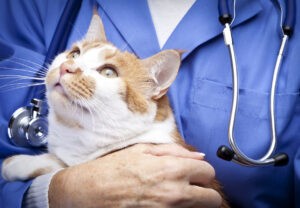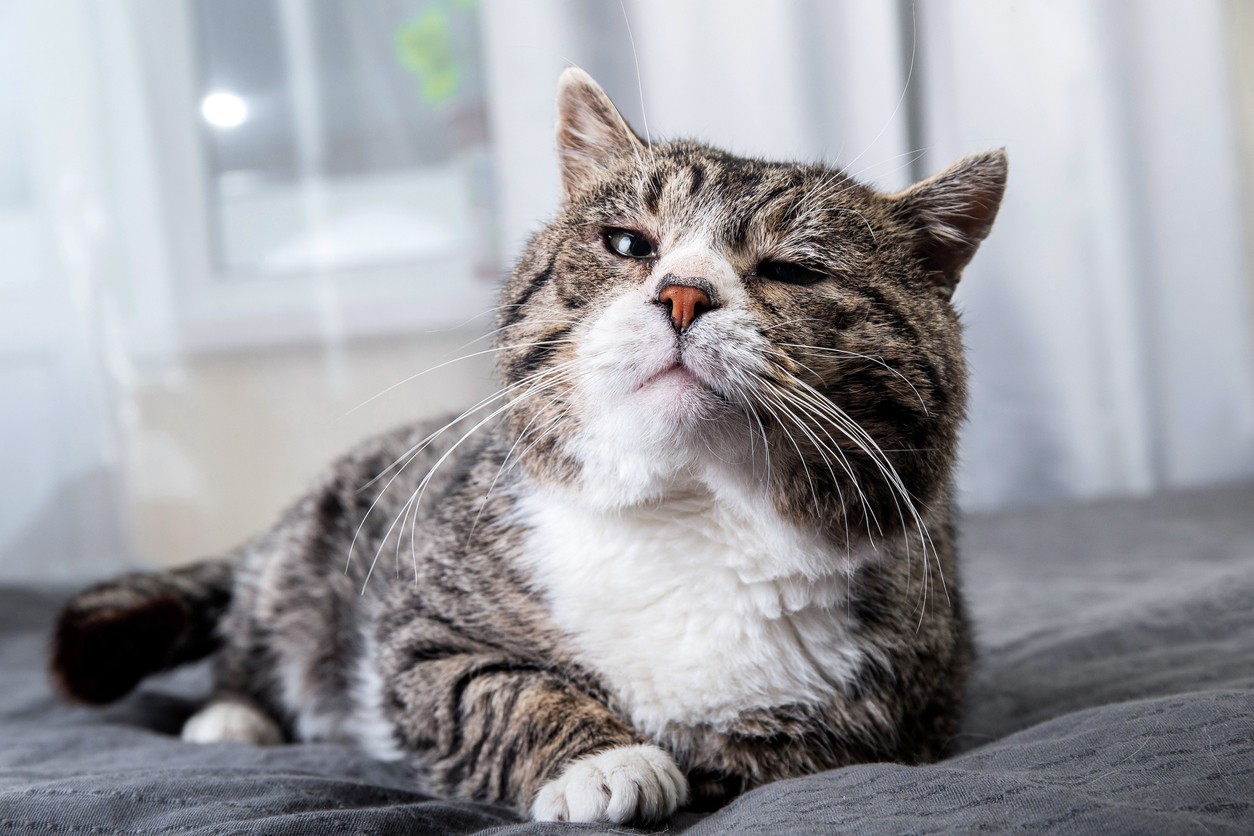Many of us deal with sneezing, congestion, and other symptoms that show up during allergy season, but can our cats have allergies as well? As it turns out, allergies are a common ailment in cats, ranging from minor to severe.
As a pet owner, recognizing the signs of cat allergies and understanding the underlying causes is crucial for managing your feline friend’s health effectively. This guide will walk you through everything you need to know about common cat allergies, from identification to treatment, ensuring your cat leads a happy, itch-free life.
What are Allergies in Cats?
Allergies in cats occur when their immune systems overreact to foreign substances or allergens that are typically harmless to most animals. This overreaction can trigger a variety of symptoms that affect their skin, respiratory system, and digestive health.
Types of Allergies in Cats
Cats can suffer from several types of allergies, each caused by different allergens and manifesting through various symptoms. Depending on the specific allergy type, your veterinarian might recommend a different approach to diagnosis and management.
- Food Allergy – Food allergies in cats occur when they develop sensitivities to specific ingredients in their food. Common allergens include proteins found in beef, chicken, or dairy products, which can lead to gastrointestinal and skin symptoms.
- Atopic Dermatitis – Atopic dermatitis is a chronic inflammatory condition often caused by environmental allergens such as pollen, dust, or mold. Cats affected by this allergy typically exhibit symptoms like itching, redness, and skin rashes, leading to excessive grooming or scratching.
- Flea Allergy Dermatitis – Flea allergy dermatitis is triggered by flea bites, particularly the flea’s saliva, making it one of the most common allergies in cats. It causes severe itching and skin inflammation, often leading to secondary skin infections.
- Allergic Contact Dermatitis – This type of allergy arises from direct contact with allergenic substances in the environment. Common irritants include certain plastics, chemicals in cleaning products, or even some fabrics, leading to skin irritation and discomfort.
- Cutaneous Drug Eruptions – Adverse reactions to medications can cause cutaneous drug eruptions in cats. These reactions can range from localized swelling and redness to more extensive skin eruptions, depending on the medication and the cat’s sensitivity.
- Allergic Bronchitis – Also known as feline asthma, allergic bronchitis is caused by an allergic reaction to airborne particles such as pollen, smoke, or dust. It can lead to serious symptoms like coughing, wheezing, and respiratory distress in affected cats.

Signs & Symptoms of Allergies in Cats
Cat allergy symptoms can vary widely, depending on the type and severity of the allergy. These symptoms can affect different parts of the body, causing discomfort and, in some cases, more serious health issues.
Here are some of the most common signs of cat allergies to watch out for:
- Skin Itchiness: One of the most common signs of allergies in cats is skin itchiness. Cats may excessively scratch, lick, or bite their skin, leading to hair loss and potential secondary skin infections. Areas around the neck, ears, and base of the tail are frequently affected by skin allergies in cats, and the itching can range from minor to severe
- Respiratory Issues: Signs of an allergic reaction in cats can also show up in the respiratory system, particularly in cases of allergic bronchitis. Cats may exhibit wheezing, coughing, and sneezing. In severe cases, cats might show signs of breathing distress, which should be addressed by a veterinarian immediately
- Digestive Problems: Some allergies, especially food allergies, can cause gastrointestinal symptoms such as vomiting or diarrhea. These symptoms might occur shortly after eating and can be accompanied by abdominal discomfort
- Skin Lesions: Allergies can cause various skin lesions ranging from mild redness and irritation to severe inflammation or infection. These lesions can become hot spots if the cat persistently scratches or bites the same area
- Ear Infections: Recurrent ear infections are a common symptom of allergies in cats. These infections can cause the ears to become red, itchy, and smelly. Discharge and crust formation might also be observed, which can cause significant discomfort
- Behavioral Changes: Allergic reactions can lead to noticeable changes in a cat’s behavior due to discomfort. Affected cats might become more withdrawn or irritable, especially when handled
- Eye Discharge: In some cases, allergies can cause eye irritation, leading to redness and discharge. Cats might squint or paw at their eyes if they experience discomfort in this area.
These symptoms are indicators that a cat may be suffering from allergies, and your cat may have just one symptom or a combination of several. It is important for cat owners to observe their pets closely and seek veterinary care if these symptoms persist or worsen, especially in the case of severe allergies in cats, as timely diagnosis and treatment can greatly improve your pet’s quality of life.

How Veterinarians Test for Allergies in Cats
Diagnosing allergies in cats involves a methodical approach to understanding the underlying causes of the symptoms. When you bring your cat to the vet with potential allergy symptoms, the diagnostic process typically begins with a comprehensive clinical examination. This exam allows the veterinarian to assess physical signs such as skin irritation, ear infections, or respiratory distress.
- Detailed History: The vet will ask detailed questions about your cat’s environment, diet, and behavior changes. This includes any recent changes in household products, introduction of new foods, or exposure to outdoor allergens. Information about the timing and persistence of symptoms can also be crucial in diagnosing allergies
- Allergy Testing: Depending on the suspected allergens, the vet may recommend specific allergy tests. Skin testing (intradermal testing) is one approach where small amounts of common allergens are injected into the skin to see if they provoke a reaction. Alternatively, blood tests can be used to measure the immune response to various allergens
- Elimination Diet: If food allergies are suspected, your vet may suggest an elimination diet. This involves feeding your cat a simplified diet or a diet with hydrolyzed proteins for several weeks to see if symptoms improve, followed by gradual reintroduction of potential allergens to identify the specific trigger
- Environmental Modifications: For environmental allergies, vets might suggest changes at home, such as more frequent cleaning, air purifiers, or avoiding certain materials that might trigger reactions
Treatment for Allergies in Cats
Effectively managing and treating allergies in cats is possible with a plan that has been tailored to the specific type and severity of allergy. Your vet may suggest one or more of the following allergy treatments for cats:
- Allergy Medications: To reduce the immediate symptoms of allergies, such as itching and inflammation, veterinarians often prescribe antihistamines and corticosteroids. These medications can be used for both environmental and food-related allergic responses.

